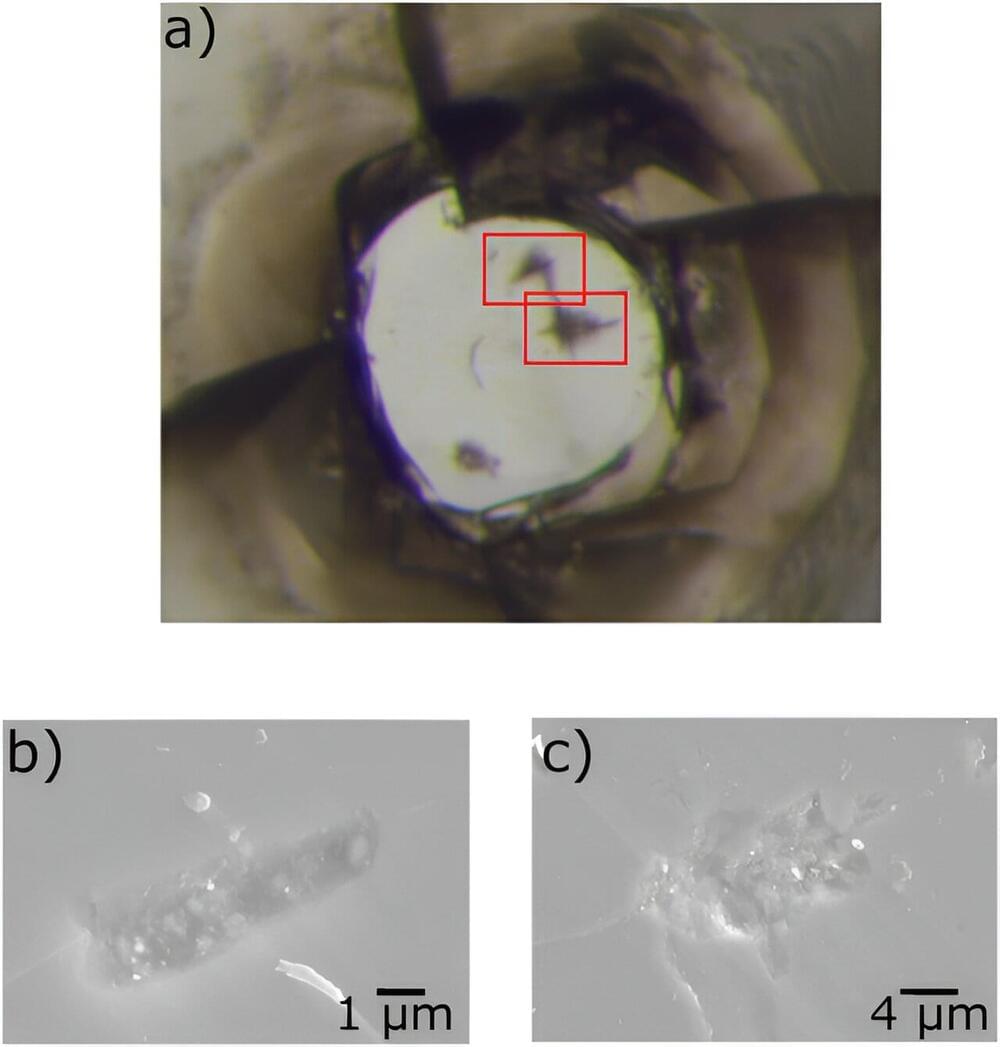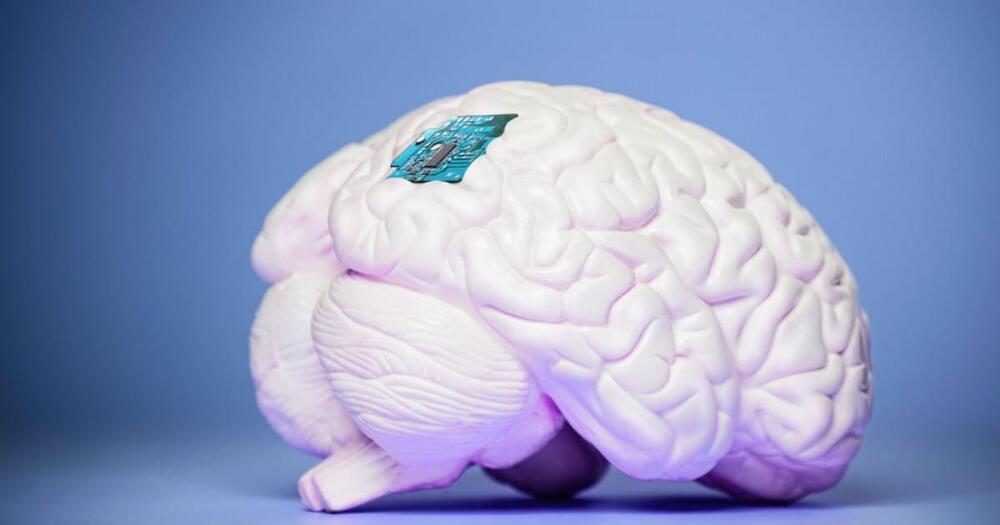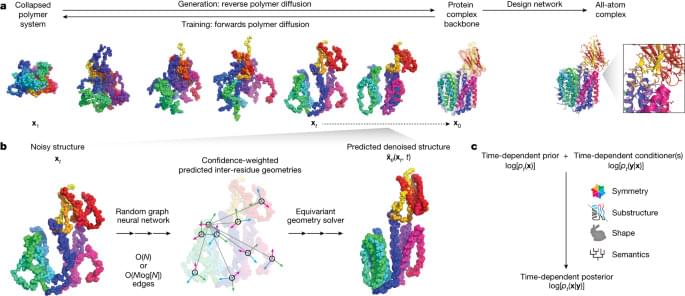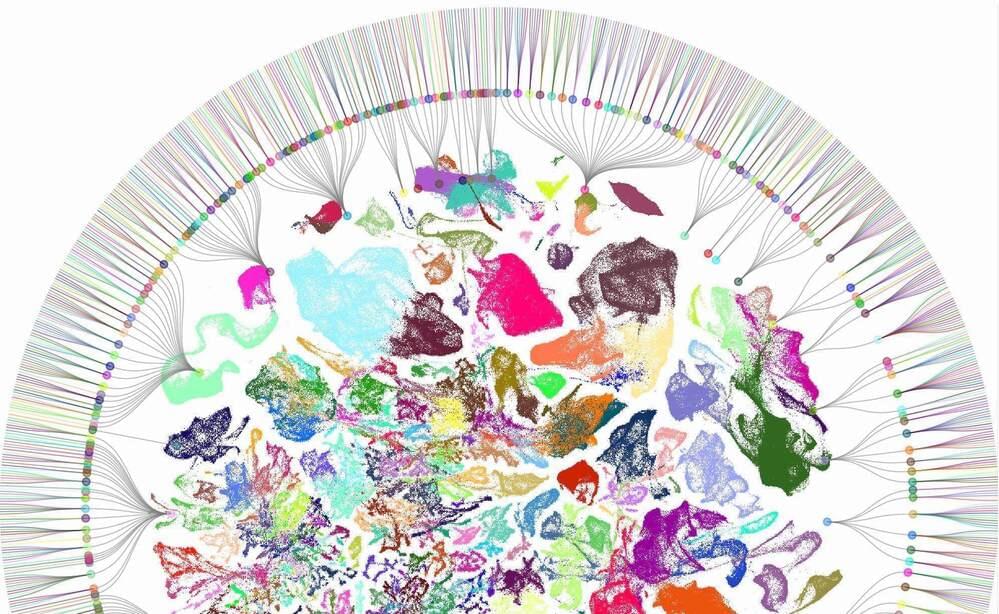Life may be much, much older than Earth.





Potentially very useful discovery.
Scientists have solved a decades-long puzzle and unveiled a near unbreakable substance that could rival diamond as the hardest material on Earth. The research is published in the journal Advanced Materials.
Researchers found that when carbon and nitrogen precursors were subjected to extreme heat and pressure, the resulting materials—known as carbon nitrides—were tougher than cubic boron nitride, the second hardest material after diamond.
The breakthrough opens doors for multifunctional materials to be used for industrial purposes including protective coatings for cars and spaceships, high-endurance cutting tools, solar panels and photodetectors, experts say.

A recent study published in The Astrophysical Journal and presented at this week’s American Geophysical Union Annual Meeting 2023 examines how 17 exoplanets could harbor interior oceans of liquid water, and possibly even geysers, much like two moons within our solar system, Europa and Enceladus. This study was conducted by a team of researchers across academia and multiple research institutions and holds the potential to help scientists better understand the prospects and conditions for finding life beyond our solar system, including the examination of how life could form outside of a star’s habitable zone (HZ).
Image of Saturn’s moon, Enceladus, and its geysers taken by NASA’s Cassini spacecraft in November 2010, which could mirror exoplanets with interior oceans and geysers. (Credit: NASA/JPL-Caltech/Space Science Institute)
“Our analyses predict that these 17 worlds may have ice-covered surfaces but receive enough internal heating from the decay of radioactive elements and tidal forces from their host stars to maintain internal oceans,” said Dr. Lynnae Quick, who is a planetary geophysicist at NASA’s Goddard Space Flight Center and lead author of the study. “Thanks to the amount of internal heating they experience, all planets in our study could also exhibit cryovolcanic eruptions in the form of geyser-like plumes.”


By Chuck Brooks
Realizing the potential of Smart Cities will require public-private cooperation and security by design.
The idea of smart cities is starting to take shape as the digital era develops. A city that has developed a public-private infrastructure to support waste management, energy, transportation, water resources, smart building technology, sustainability, security operations and citizen services is referred to as a “smart city”. Realizing the potential of Smart Cities will require public-private cooperation and security by design.
A smart city functions as an applied innovation lab. Automation, robotics, enabling nanotechnologies, artificial intelligence (human/computer interface), printed electronics and photovoltaics, wearables (flexible electronics), and information technologies like real-time and predictive analytics, super-computing, 5G wireless networks, secure cloud computing, mobile devices, and virtualization are a few of the fascinating technological trends of the digital era that are influencing the development of smart cities.



A stroke happens when blood flow is lost to part of the brain. Your brain cells cannot get the oxygen and nutrients they need from blood, and they start to die in a few minutes. This can cause lasting brain damage, long-term disability, or even death.
A stroke can occur when an obstruction such as a blood clot travels from another part of the body and lodges inside an artery in the brain.
When an arterial wall becomes damaged, various types of emboli, or obstructions, can form. Emboli can be made up of various substances such as platelets, elements in the blood that help it clot, blood clots that form elsewhere and pass to the damaged area, cholesterol, or a combination of things.
For example, an embolism is formed in the carotid artery and breaks loose, traveling towards the brain where it will eventually lodge, blocking the blood the brain needs. The blocked artery deprives the brain of oxygen, which cause damage to the surrounding tissue. The result is a stroke.